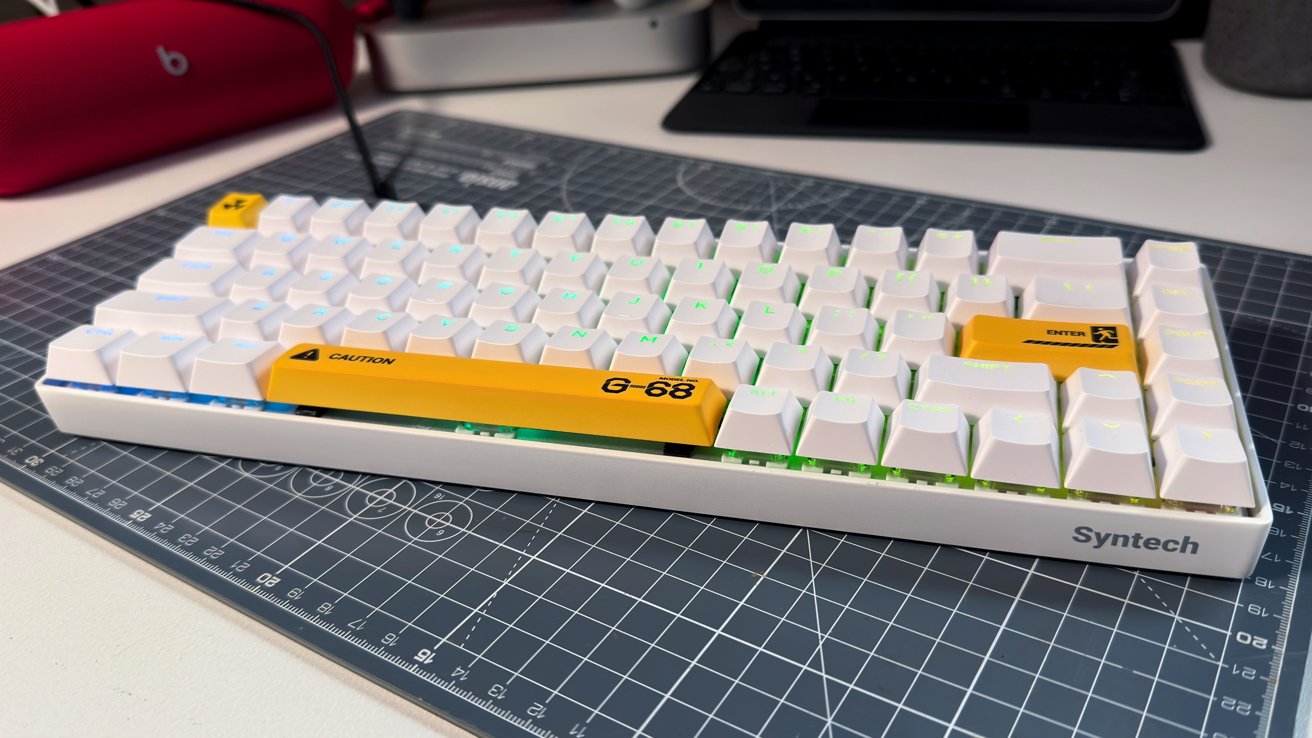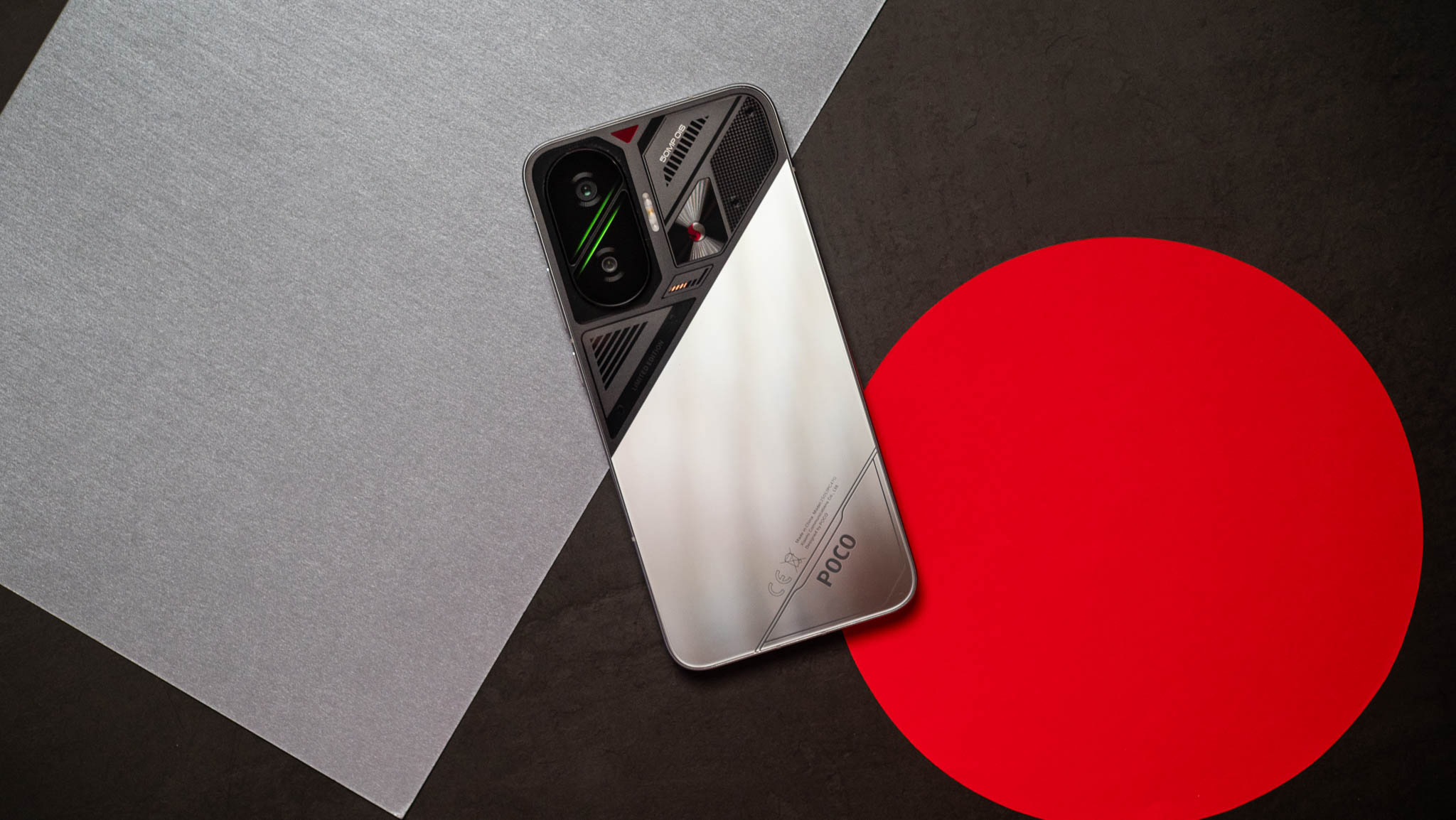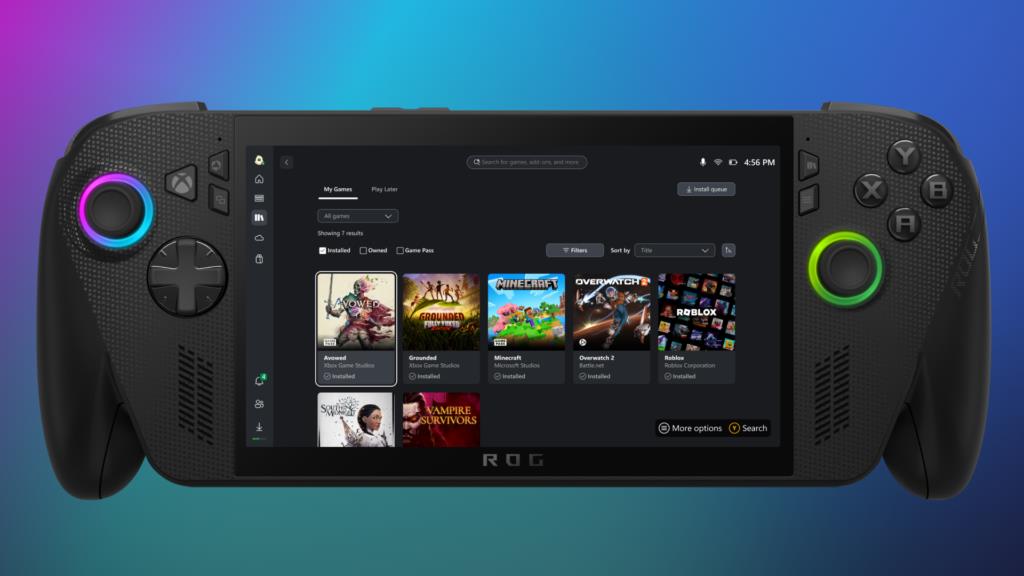Pong in Discrete Components
The choice between hardware and software for electronics projects is generally a straighforward one. For simple tasks we might build dedicated hardware circuits out of discrete components for reliability and …read more


The choice between hardware and software for electronics projects is generally a straighforward one. For simple tasks we might build dedicated hardware circuits out of discrete components for reliability and low cost, but for more complex tasks it could be easier and cheaper to program a general purpose microcontroller than to build the equivalent circuit in hardware. Every now and then we’ll see a project that blurs the lines between these two choices like this Pong game built entirely out of discrete components.
The project begins with a somewhat low-quality image of the original Pong circuit found online, which [atkelar] used to model the circuit in KiCad. Because the image wasn’t the highest resolution some guesses needed to be made, but it was enough to eventually produce a PCB and bill of material. From there [atkelar] could start piecing the circuit together, starting with the clock and eventually working through all the other components of the game, troubleshooting as he went. There were of course a few bugs to work out, as with any hardware project of this complexity, but in the end the bugs in the first PCB were found and used to create a second PCB with the issues solved.
With a wood, and metal case rounding out the build to showcase the circuit, nothing is left but to plug this in to a monitor and start playing this recreation of the first mass-produced video game ever made. Pong is a fairly popular build since, at least compared to modern games, it’s simple enough to build completely in hardware. This version from a few years ago goes even beyond [atkelar]’s integrated circuit design and instead built a recreation out of transistors and diodes directly.
Thanks to [irdc] for the tip!













































































































































































![[The AI Show Episode 155]: The New Jobs AI Will Create, Amazon CEO: AI Will Cut Jobs, Your Brain on ChatGPT, Possible OpenAI-Microsoft Breakup & Veo 3 IP Issues](https://www.marketingaiinstitute.com/hubfs/ep%20155%20cover.png)































































































































































































![GrandChase tier list of the best characters available [June 2025]](https://media.pocketgamer.com/artwork/na-33057-1637756796/grandchase-ios-android-3rd-anniversary.jpg?#)



































































_peter_kovac_alamy.jpg?width=1280&auto=webp&quality=80&disable=upscale#)














































































































![Apple Considers LX Semicon and LG Innotek Components for iPad OLED Displays [Report]](https://www.iclarified.com/images/news/97699/97699/97699-640.jpg)


![Apple Releases New Beta Firmware for AirPods Pro 2 and AirPods 4 [8A293c]](https://www.iclarified.com/images/news/97704/97704/97704-640.jpg)





































































